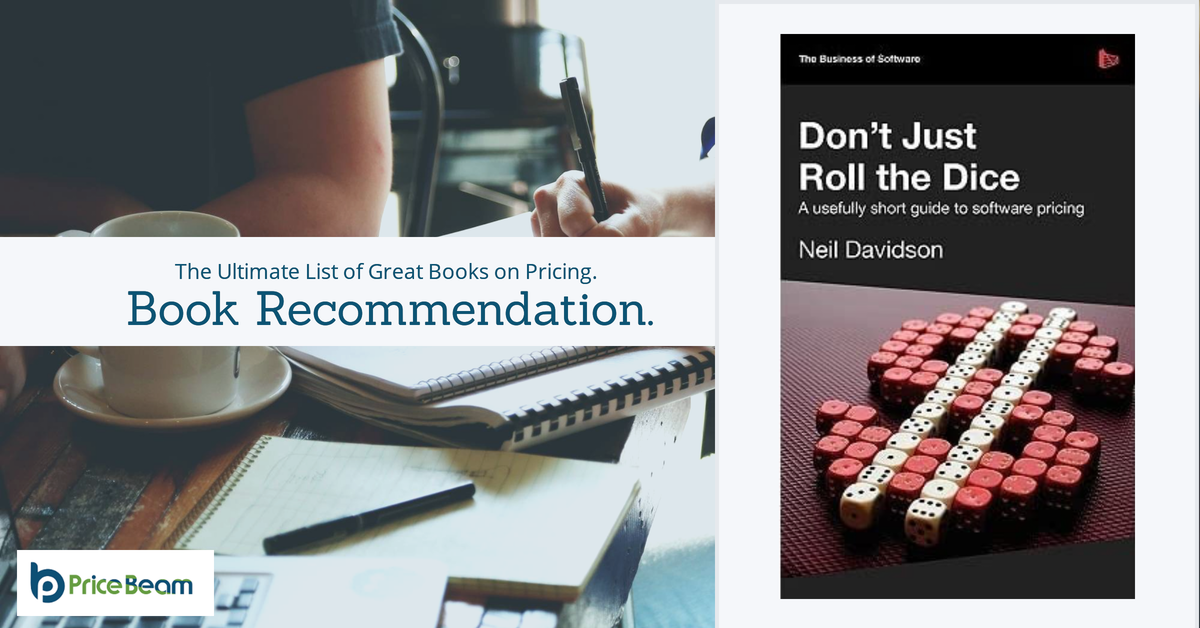Transforming FMCGs with Tailored Pricing Through Data Insights
 PriceBeam
·
4 minute read
PriceBeam
·
4 minute read
Introduction
The Fast-Moving Consumer Goods (FMCG) industry is one of the most dynamic and competitive sectors in the market. Companies within this industry face numerous challenges, such as changing consumer preferences, intense competition, and fluctuating market conditions. In this article, we explore these challenges and discuss how tailored pricing strategies, powered by data insights, are transforming the FMCG landscape.
Pricing is a critical aspect of the FMCG industry, and getting it right can mean the difference between success and failure. Traditional pricing methods often rely on guesswork and lack the precision needed in today's fast-paced market. By contrast, data-driven pricing strategies allow companies to make informed decisions based on consumer behavior, price sensitivity, and demand patterns. This article delves into the importance of data in pricing and how it helps businesses set optimal prices that drive profitability and growth.
Keep reading as we examine the challenges that FMCGs face in consumer goods pricing, such as setting a unified price that meets various internal objectives. Additionally, join us to discover how segmentation and personalization can enhance pricing strategies by catering to different customer groups based on their preferences and willingness to pay.
Understanding the Power of Data in Pricing
Data-driven pricing strategies enable FMCGs to move beyond traditional methods and make informed pricing decisions. By analyzing various data sources, companies can gain insights into consumer behavior, price sensitivity, and demand patterns. This approach allows businesses to understand their customers better and create pricing strategies that are both competitive and profitable. Data-driven insights help FMCGs predict how consumers will react to different prices, enabling them to set prices that maximize revenue and market share.
.png?width=694&height=347&name=Image%20for%20FMCGs%20article%20(2).png)
Challenges in Consumer Goods Pricing
Despite the potential benefits, only 12% of consumer brands have a winning pricing strategy. Consumer goods companies stand to gain significantly from price optimization, yet it remains a challenging task. One of the key challenges is setting a price that unifies all internal objectives, boosts top-line growth, aligns with brand positioning, and increases market penetration.
We have worked with companies from a broad range of industries, applying best practices to help FMCG/CPG firms optimize their pricing. We address this challenge by using data and statistics to find a price that meets these diverse objectives, ensuring it stays ahead of industry trends.
Some examples are:
- Are you pricing new products?
Understanding consumers' willingness-to-pay for new products is crucial. Use these insights to optimize prices when launching innovative products.
- Are you launching to the market?
Setting the right prices when entering new markets is often a challenge for Consumer Goods companies. Data helps you understand market differences and sets optimal price points for each market.
- Need to optimize your assortment and/or your promotions?
Market research studies help you understand the differences in willingness-to-pay across all items in an assortment. This helps optimize both prices and the range of products. Additionally, understand consumers' potential reactions to different promotional mechanisms or discount levels to optimize overall revenue.
- How to deal with price increases?
Prices should not be static. It is best practice to adjust prices upwards regularly, at least in line with competition and inflation, but often higher due to brand innovations.
Segmentation and Personalization
One of the significant advantages of data-driven pricing strategies is the ability to segment customers based on their preferences, buying habits, and willingness-to-pay. By categorizing customers into different segments, FMCGs can tailor their pricing and promotional strategies to meet the specific needs of each group. This personalized approach ensures that customers feel valued and understood, leading to increased loyalty and higher sales. For example, premium segments might be willing to pay more for exclusive products, while price-sensitive segments might respond better to discounts and promotions.
How important is segmentation?
Consumers have varying needs and preferences, which significantly influence their willingness to pay for products or services. Understanding which segments place high value on a product or service is crucial for increasing prices and profits, but this is often difficult to predict. It is often not the segments you would expect.
Conducting pricing research helps identify the willingness-to-pay across different segments in your market. This enables you to match the right products to the appropriate segments, identify highly price-sensitive segments that may not be worth targeting, and uncover segments with strong purchasing power that might currently be overlooked but deserve special focus.
Dynamic Pricing and Real-Time Adjustments
In today’s fast-paced market, static pricing is no longer sufficient. FMCGs need to adapt to changing market dynamics and consumer behavior. Data-driven pricing strategies enable FMCGs to implement dynamic pricing, which involves adjusting prices in real-time based on current market conditions. This flexibility allows companies to respond quickly to shifts in demand, competitor pricing, and other external factors. By continuously monitoring and adjusting prices, FMCGs can ensure they remain competitive and maximize their revenue opportunities.
.png?width=606&height=303&name=Image%20for%20FMCGs%20article%20(1).png)
Competition and Industry Growth
Leveraging data-driven pricing insights enables FMCG companies to uncover fresh market opportunities, penetrate untapped segments, and implement innovative pricing models that match changing consumer demands. As the FMCG industry evolves, businesses that adopt data-focused and personalized pricing strategies will be ideally placed to seize new opportunities and boost growth. These strategies not only facilitate optimal pricing but also offer a comprehensive understanding of market trends, anticipate future behaviors, and outpace the competition.
How Can PriceBeam help?
Setting the overall price position against other products in the assortment, or against competitors, is a key challenge in consumer goods. PriceBeam can help by providing insights into segmentation and product differentiation. Not all customer segments share the same willingness to pay; identifying who is willing to pay more and understanding whether it requires product differentiation to target them is crucial. With PriceBeam's data-driven approach, companies can set competitive and optimal prices that cater to different segments, ensuring maximum profitability and market relevance.
Check out how each of our studies can target a specific challenge:
- Looking to discover the most effective promotional tactics? Promotion Lab Enhanced helps you test various elements to identify the best offerings and the most popular choices among your customers.
- Facing challenges with assortment size and pricing decisions? Assortment & Range Optimization Lab assists brand and product managers in revealing customer perceptions, enabling refined offerings and optimized pricing strategies for different customer segments.
- Want to understand what your customers are willing to pay across various products or services? Comparative Willingness-to-Pay research allows you to compare results, analyze differences, and swiftly assess market-specific pricing.
Conclusion
In conclusion, tailored pricing strategies powered by data insights are transforming the FMCG industry. By understanding consumer behavior, segmenting customers, implementing dynamic pricing, and leveraging competitive insights, FMCGs can overcome pricing challenges and drive sustainable growth. PriceBeam is at the forefront of this transformation, offering the tools and expertise needed to unlock the full potential of data-driven pricing strategies.
.png?width=400&height=100&name=PBLogoTransparent%20(1).png)




